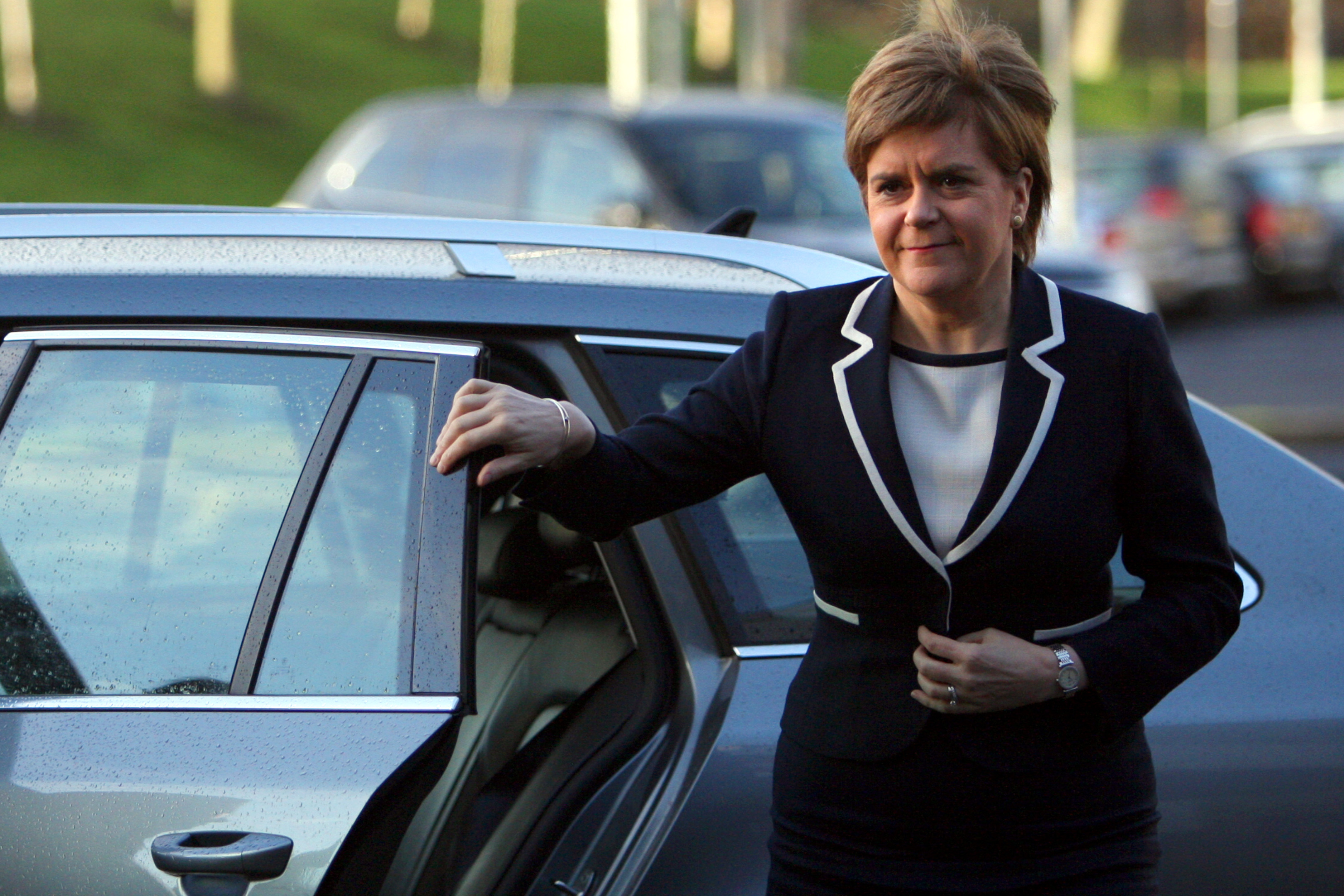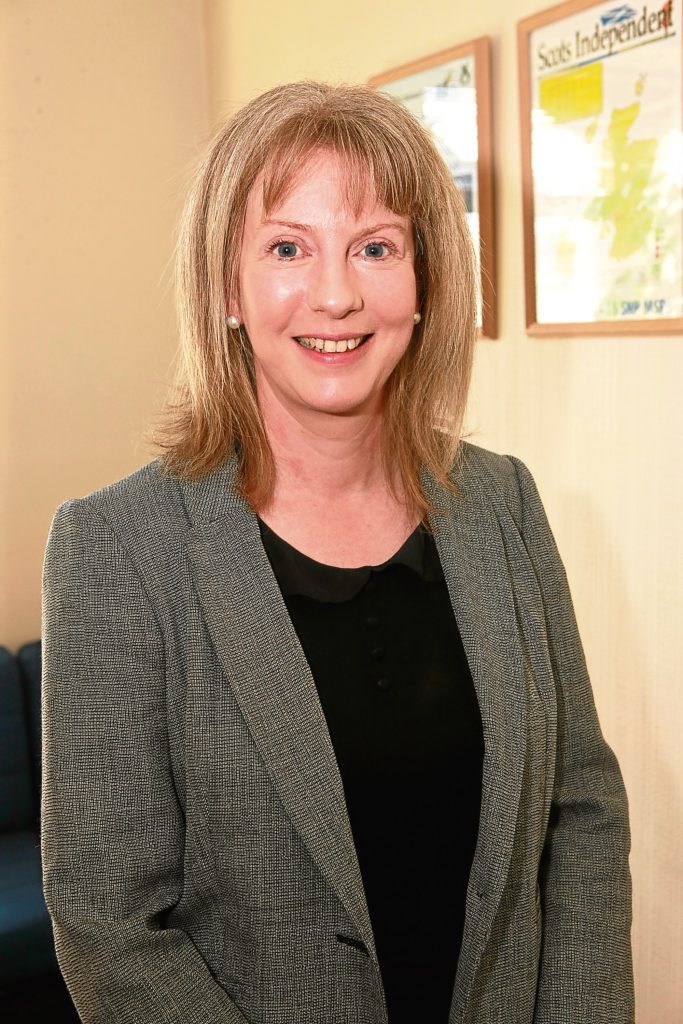Scotland’s new trauma centre network will be at least three years late, Nicola Sturgeon has admitted.
The new facilities, which doctors estimate could save up to 40 lives a year, were announced by the Scottish Government in 2014 with completion due last year.
During a visit to Ninewells Hospital, Tayside’s model was hailed as “trailblazing” despite being the fact it is likely to be 18-months behind the original ministerial schedule.
Ms Sturgeon said: “We need to recognise that it is extremely important that we get the model right.
“Given the scale and complexity of the changes required to deliver the network, we should need to recognise it will take at least three years to fully implement it.”
Asked about the delay she replied: “We are standing in Ninewells Hospital just now, one of the centres which is already providing high quality, continually improving, trauma care.
“This is not something that is about a sudden change. This is about continued improvement and developing the work of centres like this.”
Four major trauma centres will be established in Dundee, Aberdeen, Glasgow and Edinburgh with a view to benefiting around 6,000 of Scotland’s seriously injured patients each year.
The First Minister announced an initial extra £5 million to speed up progress during her tour of Ninewells’ existing trauma and rehabilitation facilities.
The Scottish Government categorically stated almost three years ago that all four specialist units would be operational by last year, although it later revised that to state “preparatory work” would be complete by the end of 2016.
Shona Robison, the health secretary, praised the work already done by Tayside, while other senior figures in the health board said they were leading the way across Scotland.
The Dundee East MSP said: “I would say that Tayside and Aberdeen will be the trailblazers for the network.
“Across the whole of Scotland it is going to take at least three years but actually in the vast bulk of development in Dundee and Aberdeen will take place in the next year, year and a half.
“They are already getting on with the job and are well placed to start putting things in place. We will see over the next one to two years Dundee and Aberdeen getting up and running.
“Edinburgh and Glasgow will take a little longer than that.”
Anas Sarwar, Labour’s health spokesman accused the SNP of “broken promises” over the centres.
He said: “The SNP said these flagship centres would be up and running by 2016, but instead they will be delayed by another three years.
“Serious questions need to be asked about how this delay came about.”
A new report has also been published by the National Trauma Network Implementation Group, chaired by Dr Catherine Calderwood, the chief medical officer.
Its recommendations include establishing a steering group, introducing a new ambulance triage tool, a dedicated trauma desk available 24/7 in the ambulance control room, and new equipment and training for all ambulance crews.

